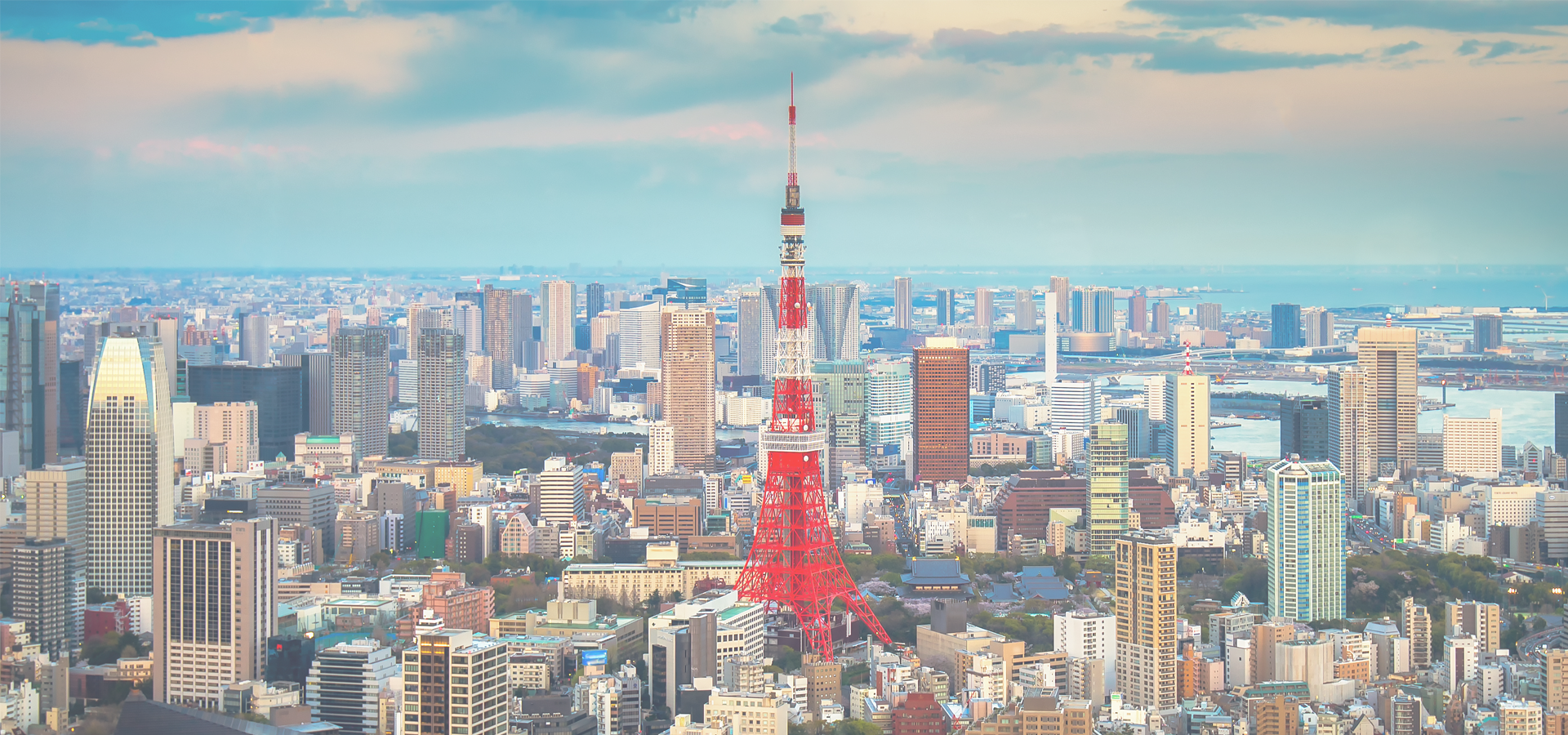Futaba, Fukushima Prefecture, Tōhoku Region, Japan
🇯🇵 Futaba (双葉町) is a town in Fukushima Prefecture, Japan. As of March 2011, the entire population was evacuated as a result of the Fukushima Daiichi nuclear disaster. Since 2013, only 4% of the town has been open to visitors and residents, who are permitted to return only during daylight hours. However in the decade since then, 3% of the town has been open to visitors and residents, with the first residents returning on a permanent basis as of February 2022.
1Geography Futaba is on the Pacific Ocean coastline of central Fukushima. The Fukushima Daiichi Nuclear Power Plant, owned by the Tokyo Electric Power Company, is on the southern border of Futaba in the neighboring town of Ōkuma.
1Surrounding municipalities • Fukushima Prefecture ◦ Namie ◦ Ōkuma.
1Demographics Per Japanese census data, the population of Futaba was relatively stable until the nuclear disaster.
1History The area of present-day Futaba was part of Mutsu Province. The remains of Kofun period burial mounds have been found in the area. During the Nara period, it was the centre of ancient Futaba District in Iwaki Province During the Edo period, it was part of Sōma Domain, ruled by the Sōma clan until the Meiji restoration. Town records indicate that over 700 residents of the region died due to a tsunami in the 1611 Sanriku earthquake. The area was the site of the Battle of Iwaki during the Boshin War.
On April 1, 1889, with the establishment of the modern municipalities system, the villages of Shinzan and Nagatsuka were created in Shineha District, Fukushima, which subsequently became Futaba District in April 1896. Shinzan was raised to town status on February 1, 1913. Shinzan merged with Nagatsuka on April 1, 1951 becoming the town of Shineha, which changed its name to Futaba on April 1, 1956.
12011 Tōhoku earthquake and tsunami Futaba was severely affected by the Fukushima Daiichi nuclear disaster, and the 2011 Tōhoku earthquake and tsunami on March 11, 2011. Besides sustaining considerable damage from the earthquake and the tsunami (which devastated the coastal area), the entire population of the town was evacuated en masse on the morning of March 12, as it is well within the 20 km (12 mi) exclusion radius around the damaged Fukushima Daiichi nuclear power plant.
On March 28, 2013, the central government rezoned the town into two areas according to level of radiation: in the first, people were free to go in and out but not allowed to stay overnight; in the second, all entry was forbidden because of elevated radiation levels that were not expected to go down within five years after the accident. However, only 4 percent of the town area zone was opened to daytime return of residents, and the town remained uninhabitable.
As of 2017, the Japanese government is leading a cleanup of the town, aiming for 11 percent to be livable by spring 2022. In March 2020, the town's train station was reopened as cleanup efforts continued, and an area of habitability of around one square mile was established around the station. Services between Futaba and the neighbouring towns of Namie and Naraha commenced on March 14, 2020.
In 2022, resettlement of the town commenced when the first three residents to return on a permanent basis arrived. It is planned to increase Futaba's population to 2,000 over the course of five years.
1Economy The economy of Futaba was heavily dependent on commercial fishing and agriculture. Raising of carnations was a major industry.
1Education Futaba has two public elementary schools and one public junior high school operated by the town government, and one public high school operated by the Fukushima Prefectural Board of Education. All schools remain closed.
1Transport: Rail • JR East – Jōban Line ◦ Futaba.
1Transport: Road • Jōban Expressway - Tomioka Interchange • National Route 6 • National Route 288.
1Tokyo Time

🇰🇷 Seongnam-si 37.439
🇰🇷 Gwangmyeong 37.465
🇯🇵 Noboribetsu 141.105
🇯🇵 Ichinoseki 141.117
Locations Near: Futaba 141.006,37.4212
🇯🇵 Iwaki City 140.883,37.05 d: 42.7
🇯🇵 Iwaki 140.883,37.05 d: 42.7
🇯🇵 Nihonmatsu 140.417,37.583 d: 55
🇯🇵 Fukushima 140.467,37.75 d: 59.9
🇯🇵 Watari 140.85,38.033 d: 69.4
Antipodal to: Futaba -38.994,-37.421
🇨🇱 La Reina -33.45,-33.45 d: 19346.5
🇧🇷 Tubarão -49,-28.467 d: 18651.8
🇧🇷 Criciúma -49.372,-28.678 d: 18645.5
🇧🇷 São José -48.617,-27.6 d: 18600.2
🇧🇷 Palhoça -48.667,-27.633 d: 18600.2
🇧🇷 Biguaçu -48.667,-27.5 d: 18588.4
🇧🇷 Viamão -51.023,-30.088 d: 18638.1
🇧🇷 Itapema -48.612,-27.091 d: 18554.9
🇧🇷 Gravataí -50.983,-29.933 d: 18630
🇧🇷 Rio Grande -52.099,-32.041 d: 18678.2